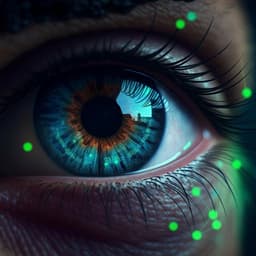
Physics
Infinite-layer nickelates as Ni-eg Hund's metals
B. Kang, C. Melnick, et al.
Discover the intriguing findings of Byungkyun Kang and colleagues as they explore superconductivity in hole-doped infinite-layer nickelate Nd₁₋ₓSrₓNiO₂. Their groundbreaking research reveals how Hund's coupling in Ni-$d$ orbitals signals the emergence of a new class of Hund's metals, setting the stage for novel insights into correlated quantum materials.
Playback language: English
Related Publications
Explore these studies to deepen your understanding of the subject.







